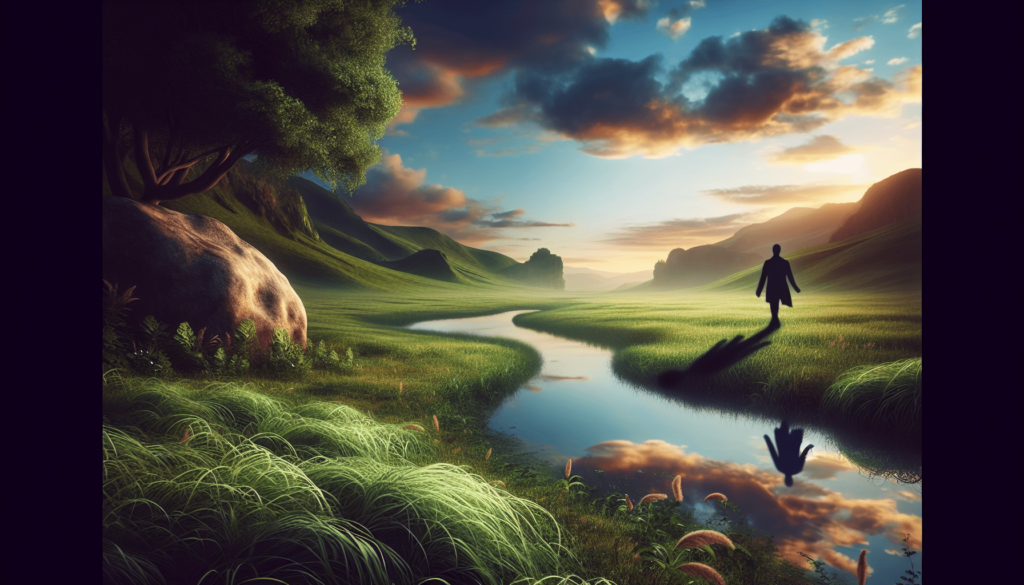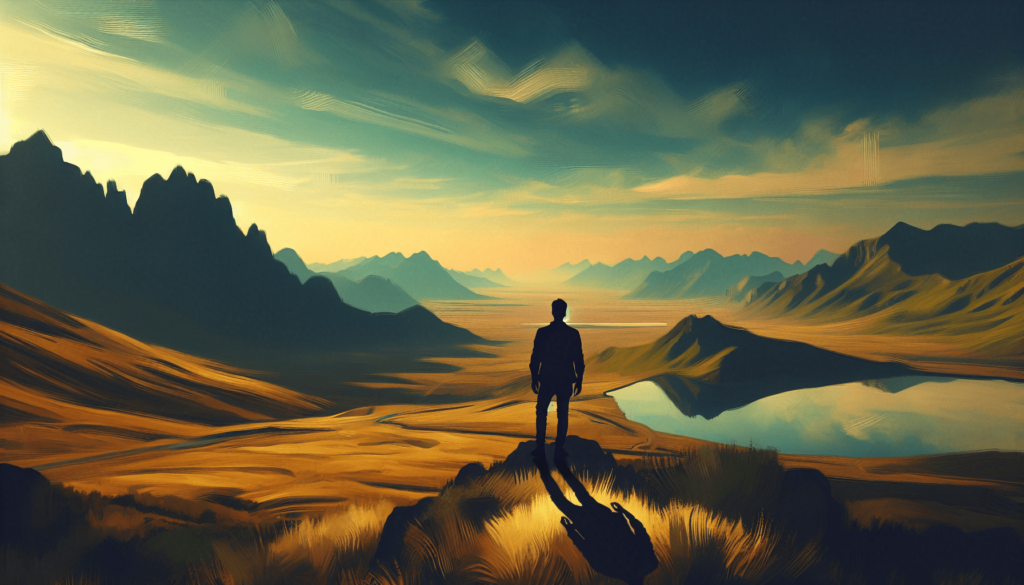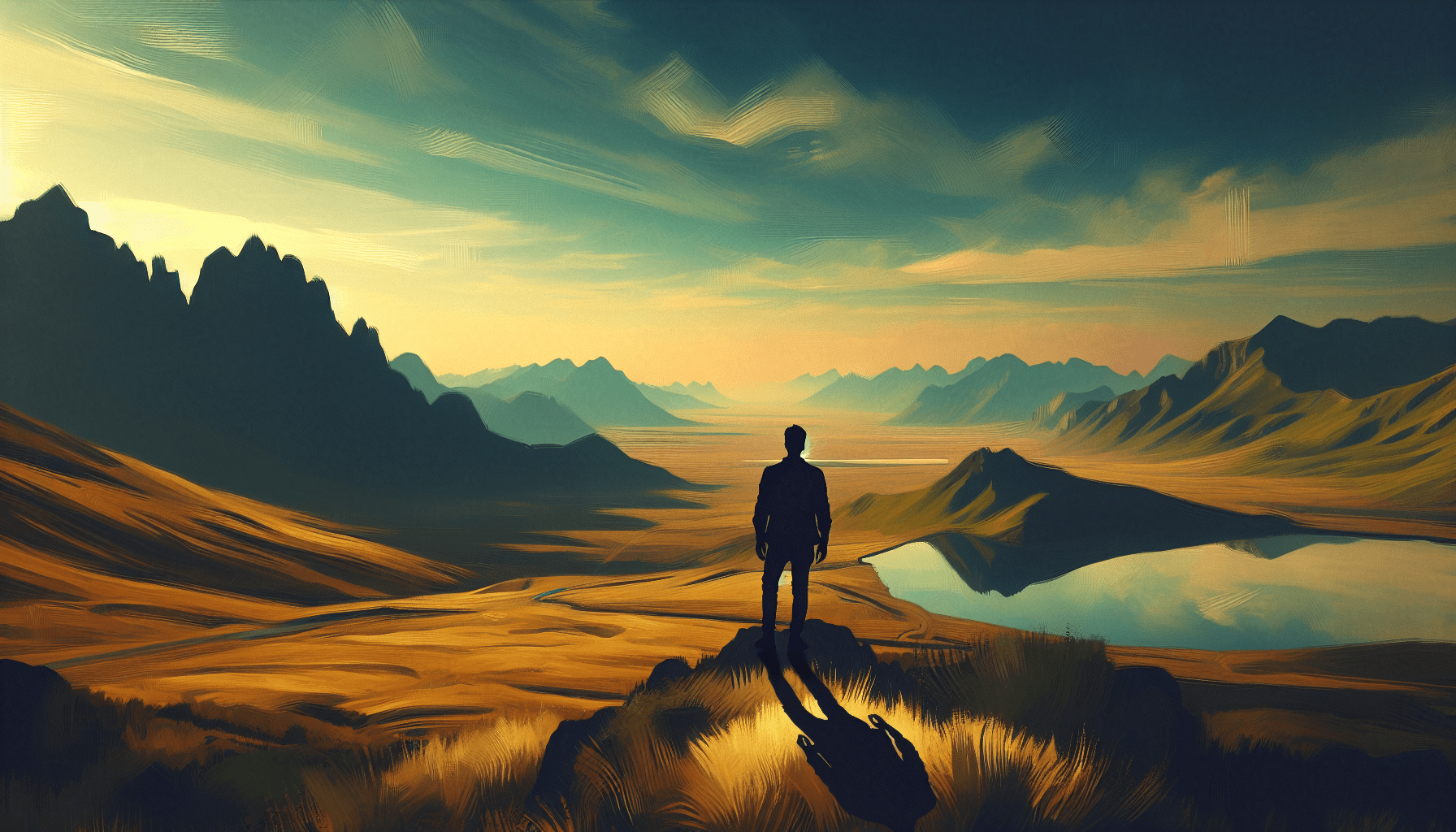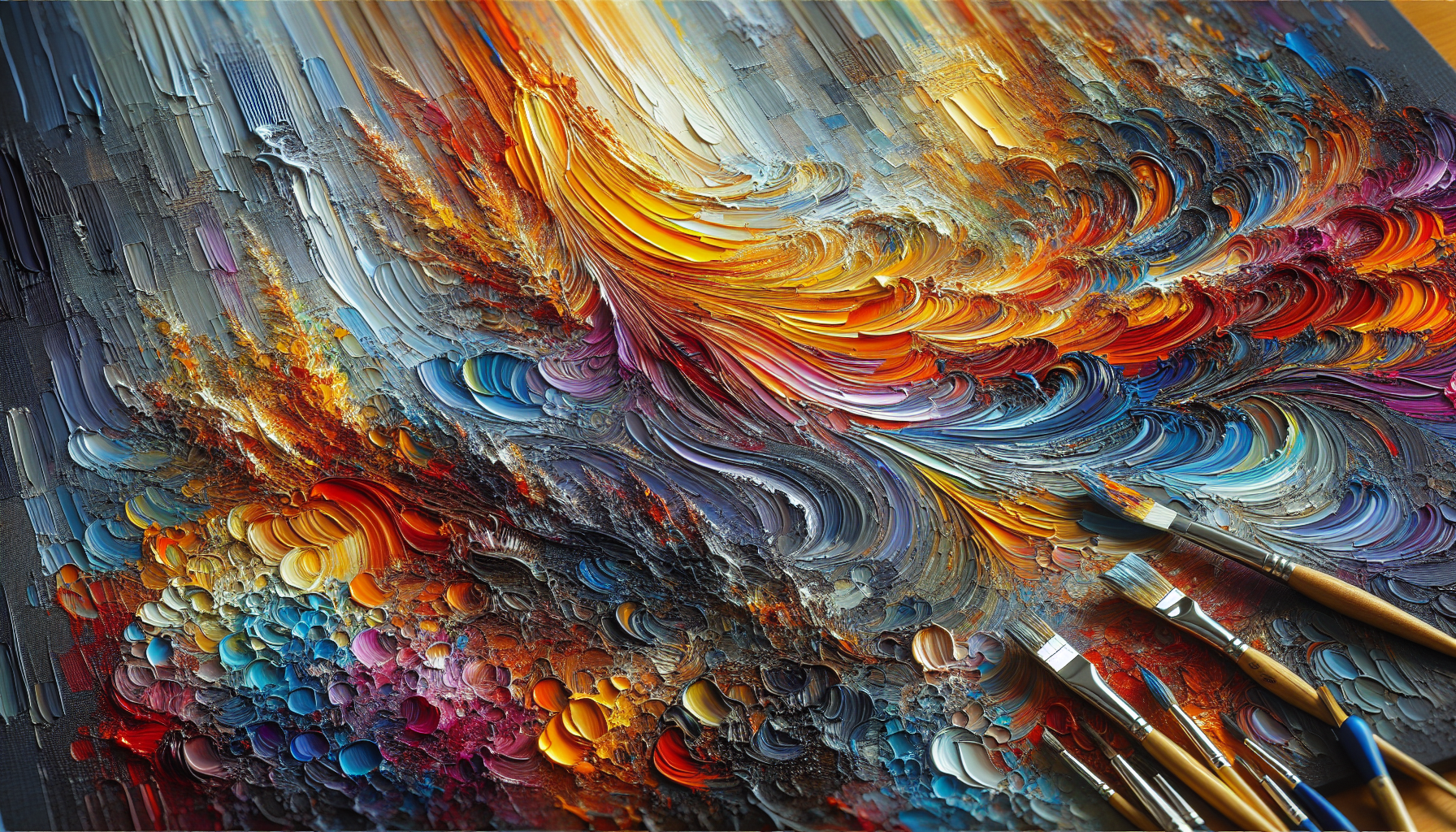Have you ever considered the possibility that a self-portrait could also be classified as a landscape? This question may seem perplexing at first, given that self-portraits traditionally focus on the individual’s visage and landscape imagery typically embodies the natural or urban environment. Yet, the intersection of these two artistic genres can provide a fresh perspective on understanding representation in art. By examining various facets, one can delve deeper into how a self-portrait might indeed intersect with landscape in both literal and metaphorical contexts.
Understanding Self-Portraits
A self-portrait is an artistic representation of the artist by the artist. Historically, self-portraits have served not only as a means of self-reflection but also as a personal statement and assertion of the artist’s identity and presence within the world. Artists often use self-portraits to explore and portray their own emotions, state of mind, and social identity.
Historical Context of Self-Portraits
Self-portraits date back to antiquity, gaining prominence during the Renaissance with the advent of mirror technology and improved portrait painting techniques. Artists like Rembrandt, Vincent van Gogh, and Frida Kahlo have used self-portraits to depict their personal stories, hardships, and triumphs. Through these works, self-portraits have become powerful means for artists to communicate with viewers across time and space.
Psychological and Emotional Significance
Creating a self-portrait offers artists a unique opportunity to explore aspects of their identity, psyche, and environment. It can be a deeply introspective process, allowing artists to present a curated image of themselves or delve into their own insecurities and complexities. The psychological depth often observed in self-portraits results from this intense self-scrutiny.
The Nature of Landscape Art
Landscape art is designed to capture scenery from the natural or urban environment. It bears the aesthetic elements of geography, weather, and lighting, often conveying a specific mood or atmosphere. While traditional landscapes tend to emphasize serenity and grandeur, contemporary interpretations can evoke various emotions and critiques of societal or environmental issues.
Evolution of Landscape Art
Landscape as a genre emerged significantly later than self-portraits, gaining traction in Western art during the 17th century. Initially, landscapes were often backgrounds for mythological or religious stories, but over time, they became subjects in their own right. Artists like J.M.W. Turner and John Constable elevated the genre, bringing attention to light, color, and atmosphere.
Symbolic and Cultural Elements
Landscapes are not solely representations of physical spaces; they also embody cultural contexts and artistic visions. Different cultures portray landscapes according to their own unique perspectives and symbols, providing insight into societal values and environmental relationships at the time of creation.

Intersection of Self-Portraits and Landscapes
The intriguing intersection of self-portraits and landscapes can manifest in several ways. Artists may embed landscapes within their self-portraits or, conversely, infuse their personal presence into landscapes, blurring the lines between the two genres.
Emphasizing Environmental Context in Self-Portraits
One way to merge self-portraiture and landscape is by incorporating significant environmental contexts within a self-portrait. For example, an artist may paint themselves within a recognizable locale to convey personal identity in relation to a specific place or environment. This approach not only situates the individual within a broader geographical narrative but also adds layers of meaning regarding the impact of surrounding environments on personal identity.
Projecting Personal Identity onto Landscapes
Another method artists employ involves projecting elements of their identity onto a landscape, thus transforming the space into a metaphorical self-portrait. This can include incorporating symbolic textures or features that reflect personal characteristics, emotions, or memories. The landscape serves as a canvas for depicting the inner self, revealing personal narratives and experiences through natural or constructed forms.
Bridging Visual and Conceptual Approaches
By exploring various artists and works, one can further analyze how self-portraits are conceptualized as landscapes, opening a pathway to a broader understanding of identity, space, and self-expression.
Case Studies: Artists Blending Genres
Frida Kahlo
Frida Kahlo frequently integrated elements of her physical and emotional landscapes into her self-portraits. Through these metaphorical landscapes, she expressed her physical struggles and cultural identity, intertwining her personal history with broader historical and social contexts. These self-portraits are striking examples of how personal experience can be inseparably linked with environmental symbolism.
Vincent van Gogh
Vincent van Gogh’s self-portraits often included background elements of his surroundings, reflecting his emotional state and relationship with the environment. His emotive use of color and brushwork created a vivid tapestry that captured his personal tumult and appreciation for nature’s beauty, thus bridging the gap between depiction of self and outer world.
Techniques and Mediums Bridging Genres
Artists may employ diverse techniques and mediums to emphasize the interconnectedness of self and landscape. For example, incorporating collage, mixed media, or digital art can unify disparate elements, creating a seamless narrative that blends personal identity with environmental portrayal. These creative approaches enable artists to transcend traditional genre boundaries and communicate complex artistic messages.

Theoretical Perspectives on Self-Portraits as Landscapes
Academic and theoretical perspectives can provide additional insights into the concept of self-portraits as landscapes, emphasizing the expressive and conceptual potential of such works.
Semiotics and Artistic Representation
Semiotics, or the study of signs and symbols, offers a framework for understanding how self-portraits and landscapes convey meaning. In creating hybrid works, artists utilize various visual signs to shape viewers’ interpretations of identity and space. Landscapes transformed into self-portraits, or vice versa, become rich semiotic texts that invite multiple readings and interpretations.
The Role of Viewer Interpretation and Interaction
Ultimately, viewer interpretation plays a crucial role in defining the experience and meaning of self-portraits as landscapes. By engaging with these works, viewers are invited to decode the layers of visual and symbolic information presented, uncovering the relationships between personal and environmental identity. The viewer’s awareness and perspective become an integral part of the interpretive process, generating a dynamic dialogue between the artwork and audience.
Conclusion: Redefining Artistic Boundaries
Whether approached from a visual, psychological, or theoretical standpoint, the intersection of self-portraits and landscapes underscores the fluidity of artistic expression. This merging of genres challenges traditional categorizations and prompts reflection on how personal and environmental narratives can be interconnected. In recognizing this relationship, one sees the potential for innovative forms of representation that expand our understanding of identity, space, and self-expression in art.
Understanding that a self-portrait can embody the characteristics of a landscape not only broadens artistic possibilities but also enriches interpretive perspectives of both the personal and the natural realms. Ultimately, art is about communication and exploration, and the fusion of self-portraits and landscapes embodies this venture into new territories of expression.



